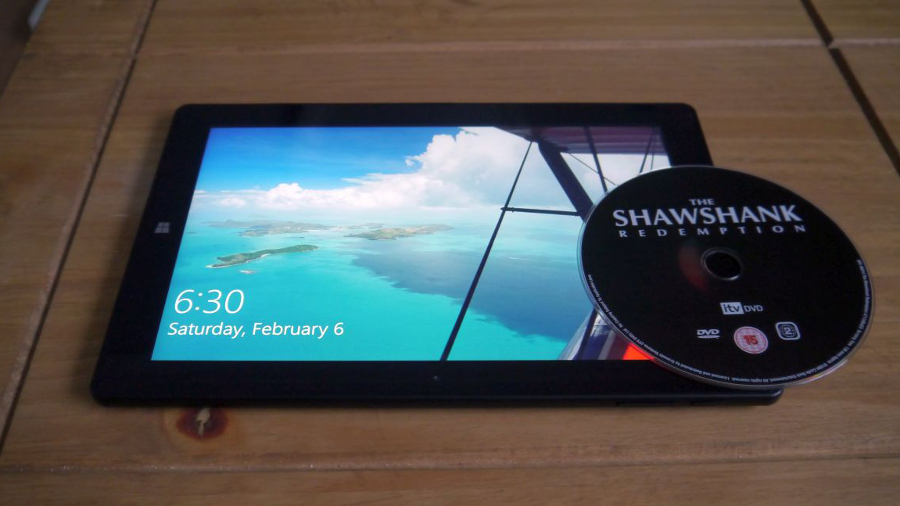
Introduction and design
There was a time, not so long ago, when sourcing consumer electronics straight from China was a fraught endeavour. You could end up with barely usable products that would fail even the most basic of user testing.
But thanks to the rise of online retailers from China which ship directly to customers worldwide for free, the last two years have seen a flurry of new Chinese players flood the market with a seemingly endless stream of products.
The first wave, which includes the likes of Xiaomi, OnePlus One and Oppo, is gradually displacing former household darlings and this is only the beginning.
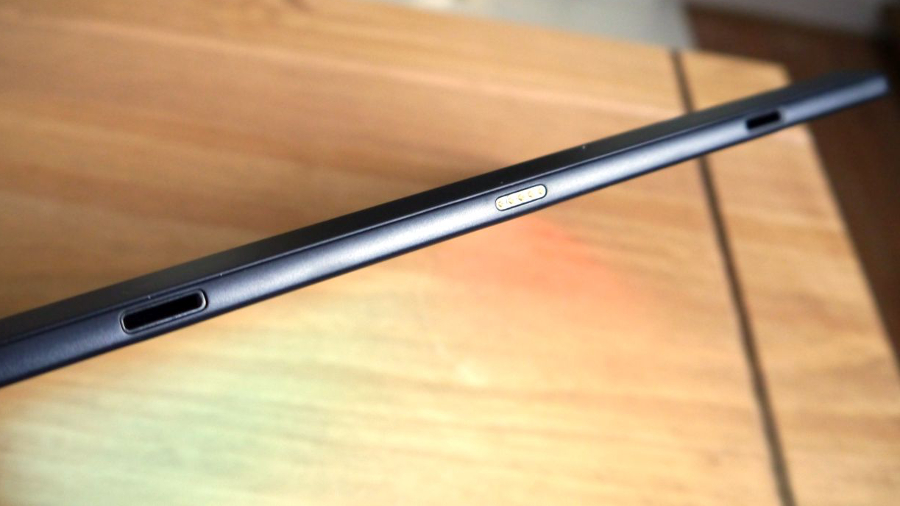
Behind that is a considerable collection of oddly-named brands. Chuwi is one of them and the CW1515/Hi10 tablet is its first Windows slate which is squarely targeting the (much more expensive) Microsoft Surface 3.
Intel’s aggressive approach in the Chinese market coupled with Microsoft’s more relaxed approach to licensing (especially in emerging countries where the hearts and minds of consumers are at stake) helps to explain why more and more Windows-based tablets are coming out of Chinese factories.
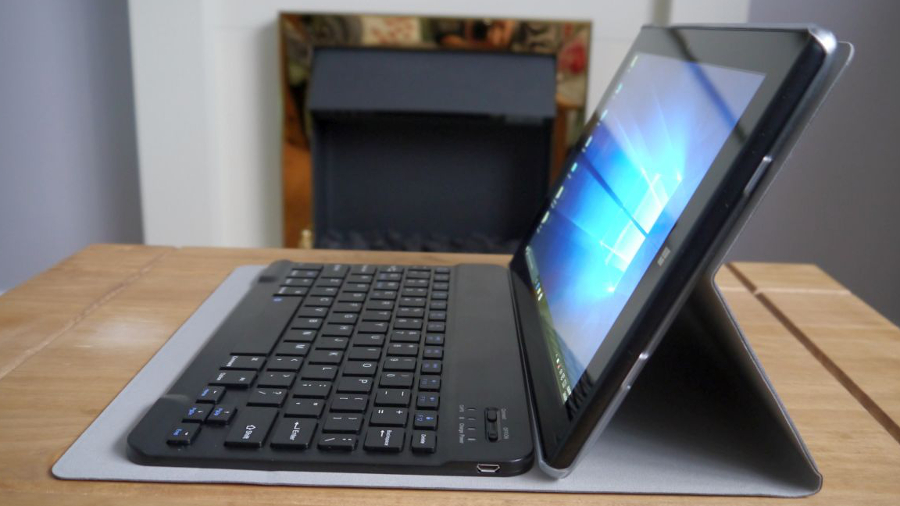
Our review tablet was sent to us by Geekbuying and is available from the site for £129 (or $186 for those in the US, which is around AU$260), a price that includes delivery but excludes VAT. The price may change depending on currency fluctuations, and other vendors like Banggood, Aliexpress or Gearbest also sell this model. Note that there is a time-limited voucher – xiaomifans – that reduces the price by another fiver currently.
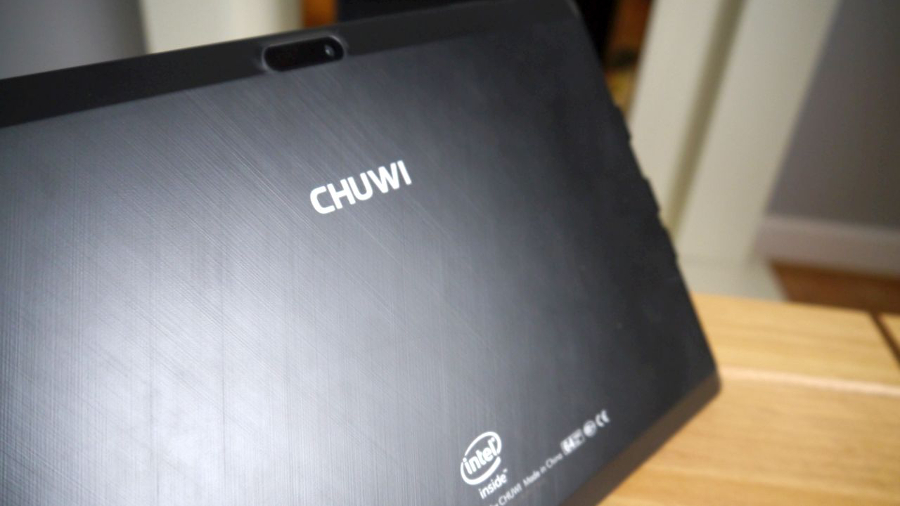
Design
Unlike desktops, tablet designs tend to converge towards a single format: a rectangular slab – based around a display with a standard aspect ratio – with a variable thickness. That applies to the Hi10 as well. It uses plastic all round with glass on the front, a 2-megapixel webcam, a status light (that goes orange when powering on or charging) and the Windows 10 logo.
There’s nothing wrong with plastic if it is properly done – there’s little flex which hints at a sturdy build.
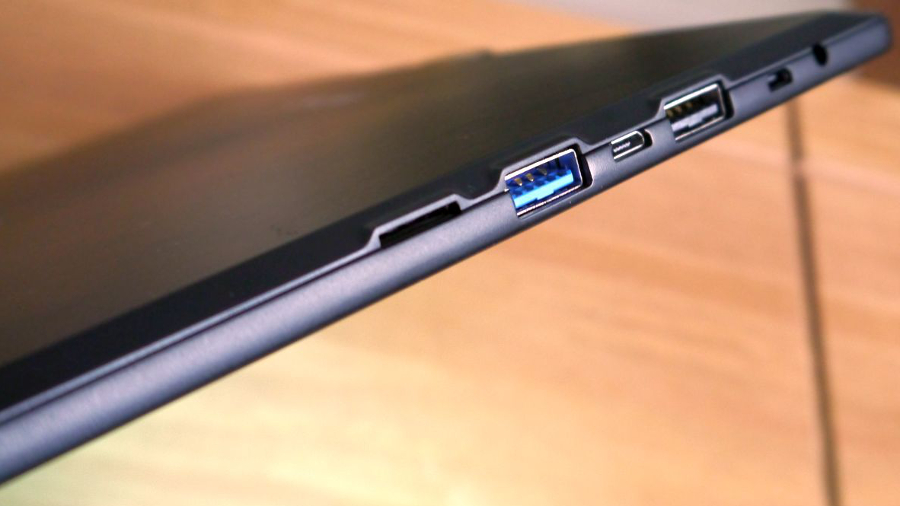
At just under 9mm, it is thicker than most tablets we’ve encountered but there’s a very good reason for this – namely the fact that this slate carries two full-size USB ports, one of which is a USB 3.0 affair. Being thicker means that it can also accommodate a larger battery (more on the battery life later). Furthermore, it makes the tablet a bit easier to hold. Chuwi opted for a chiselled, rounded finish on the edges to make the device look thinner.
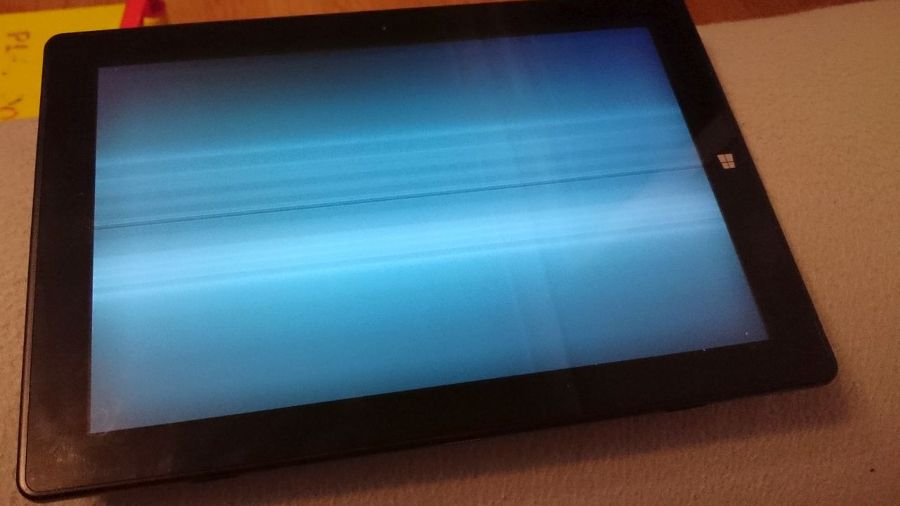
Switching on the tablet reveals a 10-inch display with a 1920 x 1200-pixel resolution (that’s 16:10, rather than 16:9), but there are two main weaknesses here – the screen is reflective and prone to smudges. It is bright enough though and colours are vibrant thanks to the IPS technology used.
Next to the Windows button are two speakers – sadly, they are on the shorter side of the tablet which may not be convenient if you are watching a movie in landscape mode. Then, there’s the power button and the volume rocker on the perpendicular side, two USB ports, a micro-USB one, a micro-HDMI port, a headphone socket and a microSD card slot on the other short side.

The other longer side of the tablet has a proprietary connector with two slots to accommodate the Hi10’s optional removable magnetic docking station. A 2-megapixel camera can be found at the patterned back of the device as well as the obligatory Chuwi and Intel logos.
The tablet is sold on its own but you can get a magnetic cover with a Bluetooth keyboard – one that comes without a touchpad – or you can go for a clamshell one that converts the tablet into a laptop, complete with trackpad. The latter, whilst more convenient overall, nearly doubles the weight of the tablet to 1kg.
Specification and performance
Specification
Here is the spec sheet for the Chuwi Hi10 tablet sent to techradar for review:
- Processor: Intel Atom X5 Z8300
- Graphics: Intel HD Graphics 12EU
- RAM: 4GB DDR3L soldered
- Storage: 64GB eMMC
- Display: 10-inch, 1920 x 1200 resolution
- Connectors: USB 3.0, USB 2.0, micro-USB, microSD, micro-HDMI, audio connector
- Connectivity: 802.11n Wi-Fi, Bluetooth 4.0
- Operating system: Windows 10 Home 64-bit
- Battery: 6,600mAh
- Dimensions: 257.5 x 170.8 x 9.9mm
- Weight: 553g
Given that a Windows 10 license costs around £70 by itself, the Chuwi Hi10 delivers excellent value for money. The quad-core Cherry Trail-based processor is the direct replacement of the ubiquitous Z3735F, but fabbed on a 14nm process, and has an even lower TDP compared to the latter while being clocked higher (1.44GHz vs 1.33GHz); both have the same burst speed at 1.84GHz.
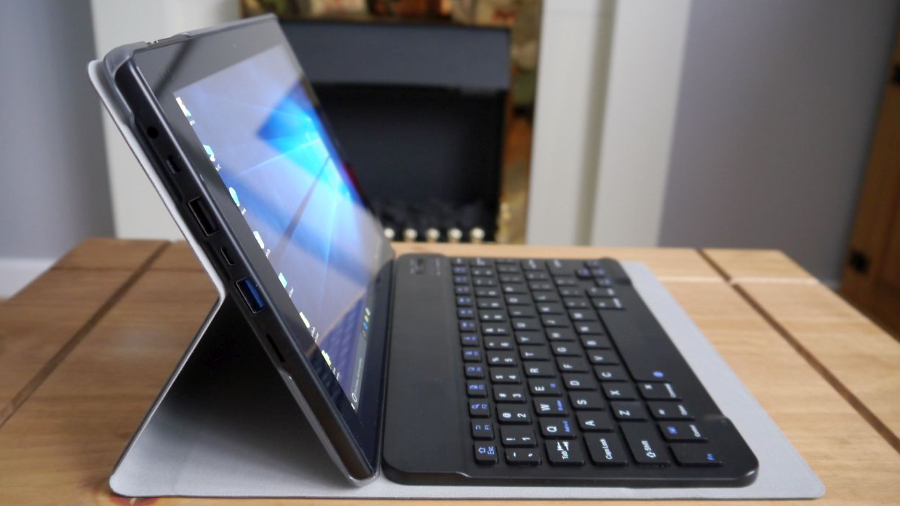
Like its predecessor, it has 2MB cache, four cores/threads and – apparently – supports up to 2GB (although the tablet definitely has 4GB of memory).
Performance
Here’s how the slate acquitted itself in our benchmark tests:
- 3DMark: Ice Storm: 15393; Skydiver: 785; Cloud Gate: 1537; Fire Strike: 172
- PCMark 8 Home: 1023
- PCMark 8 Creative: 1360
- Cinebench 15: CPU: 100; GPU: 8.68 fps
- GeekBench: Single-core: 809; Multi-core: 2346
The performance of the Chuwi Hi10 can certainly be described as decent. The Z8300 is far better than similar devices either powered by its predecessor, the Z3735F or the N2840, besting the latter by about 40% on average on a number of benchmarks.
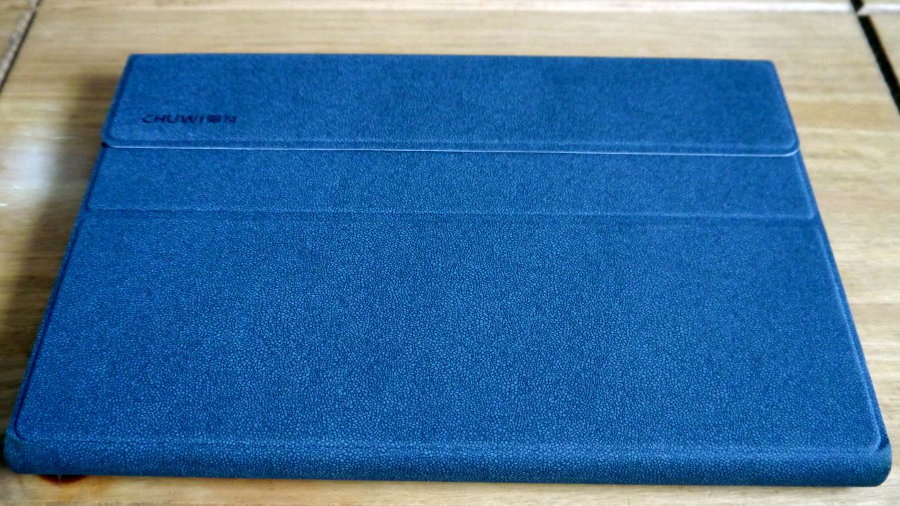
Part of the improvement comes from the GPU which supports DirectX 11.2, has 12 EUs (Execution Units) and a clock speed of up to 500MHz.
In subjective testing, the Z8300 showed no sign of stuttering when doing light tasks. Playing full HD videos from YouTube in full-screen mode (remember the Hi10 has a full HD display) went without a hitch. The unit turned moderately hot under load but that was expected.

Part of the performance boost comes from the fact that it has 4GB of RAM and 64GB on-board storage compared to the usual 1GB or 2GB RAM usually found on other models.
There are weak points, though, one of which is the poor location of the speakers. Rather than on the sides, they should probably be placed at the back next to the rear camera, as if you’re going to watch a movie or other media, you’ll likely be using landscape rather than portrait.
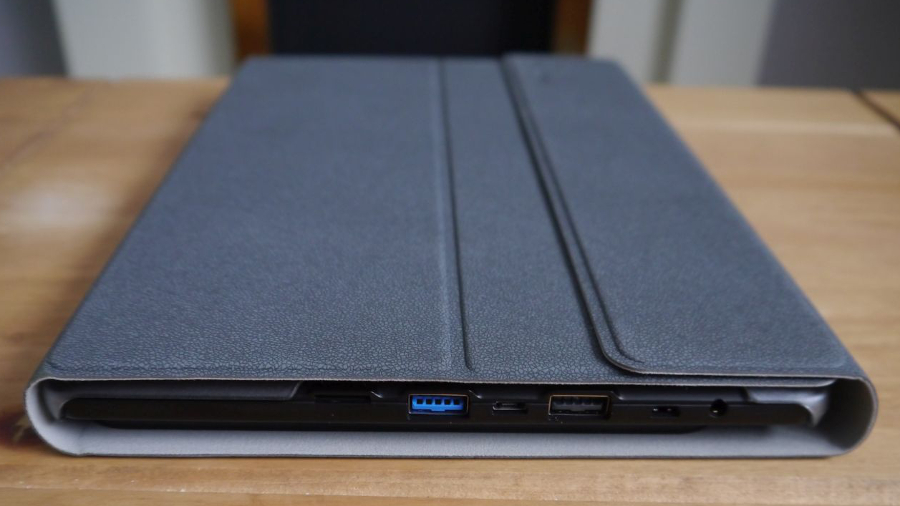
Also a note about the power button and generic power management. The tablet didn’t complete PCMark 8’s battery test (we tried thrice) and kept stubbornly shutting down at around 67% battery life. We ended up playing a YouTube video (with Wi-Fi and 100% Brightness on) to determine this – it lasted 4 hours 16 minutes.
Powering the slate up is also a bit of a guessing game. It is not a press-and-power-on device as is the case for laptops, rather it’s more like press and wait till the orange light comes on, which takes about four seconds.
Verdict
It is hard to believe that the Chuwi Hi10 is available at this price. On paper, this is a killer device capable of rivalling more expensive models. But some might balk at the thought of buying a device without the kind of aftersales services you’d expect from say, Amazon or Currys. If it fails, you’d be left with what is essentially an expensive door stopper.
We liked
The value for money of the Chuwi Hi10 is, we dare say, exceptional. There are some products that come close to it, but the combination of a Cherry Trail CPU, 4GB of RAM, 64GB of storage and a full HD display is an extremely potent spec.
We disliked
The engineers could have done a better job with the speaker location and the cameras (rear and front) could have been improved (although we understand that would have upped the asking price).
Final verdict
The Chuwi Hi10 is a great product, but a great product doesn’t guarantee a great user experience. You can’t buy it from the UK – it is only available from foreign websites. It can take weeks before you get the item you ordered.
There is a small but real chance of being hit by the taxman which would add another £30 to the cost of the item – some sellers do ship from EU warehouses which means that they are VAT inclusive. Also, if the item stops working, the only way to recoup your costs would be to send it back to the vendor at your own expense.
The tablet did play up once during the review period, with the display going berserk, although restarting it solved the issue – that just goes to show that things can go wrong sometimes.
Sadly, there’s hardly any affordable Windows tablets available in the UK that can compete with the Hi10. The Microsoft Surface 3 tablet is probably its closest competitor. It costs over £400 (around $580, AU$800) and comes with half the system memory, but it does have a slightly more powerful CPU, Windows 10 Pro, Office 365 Personal, a better camera and a different set of connectors.
Source: techradar.com











































